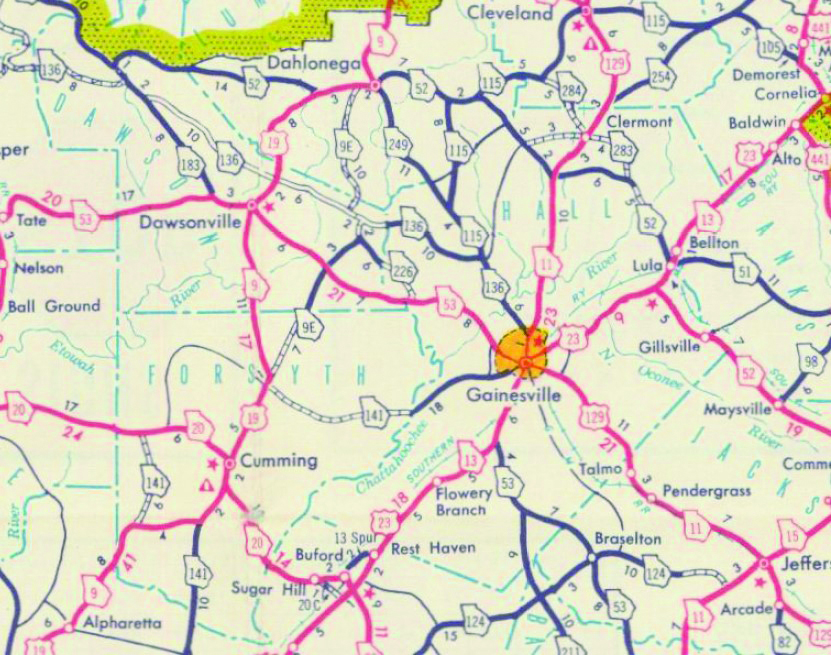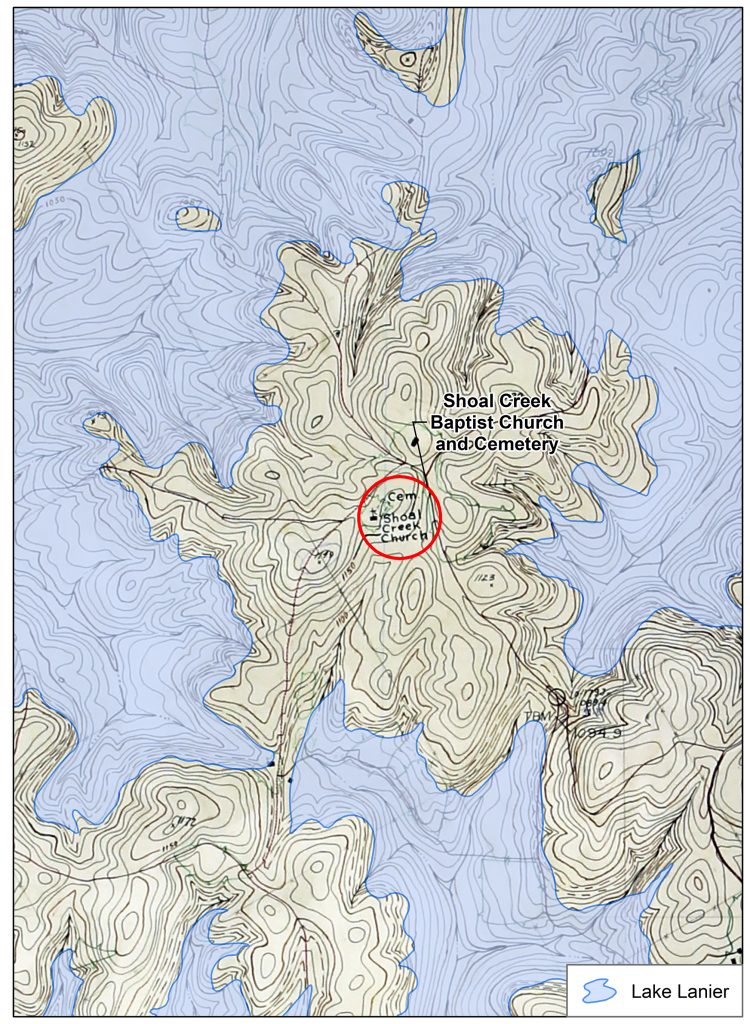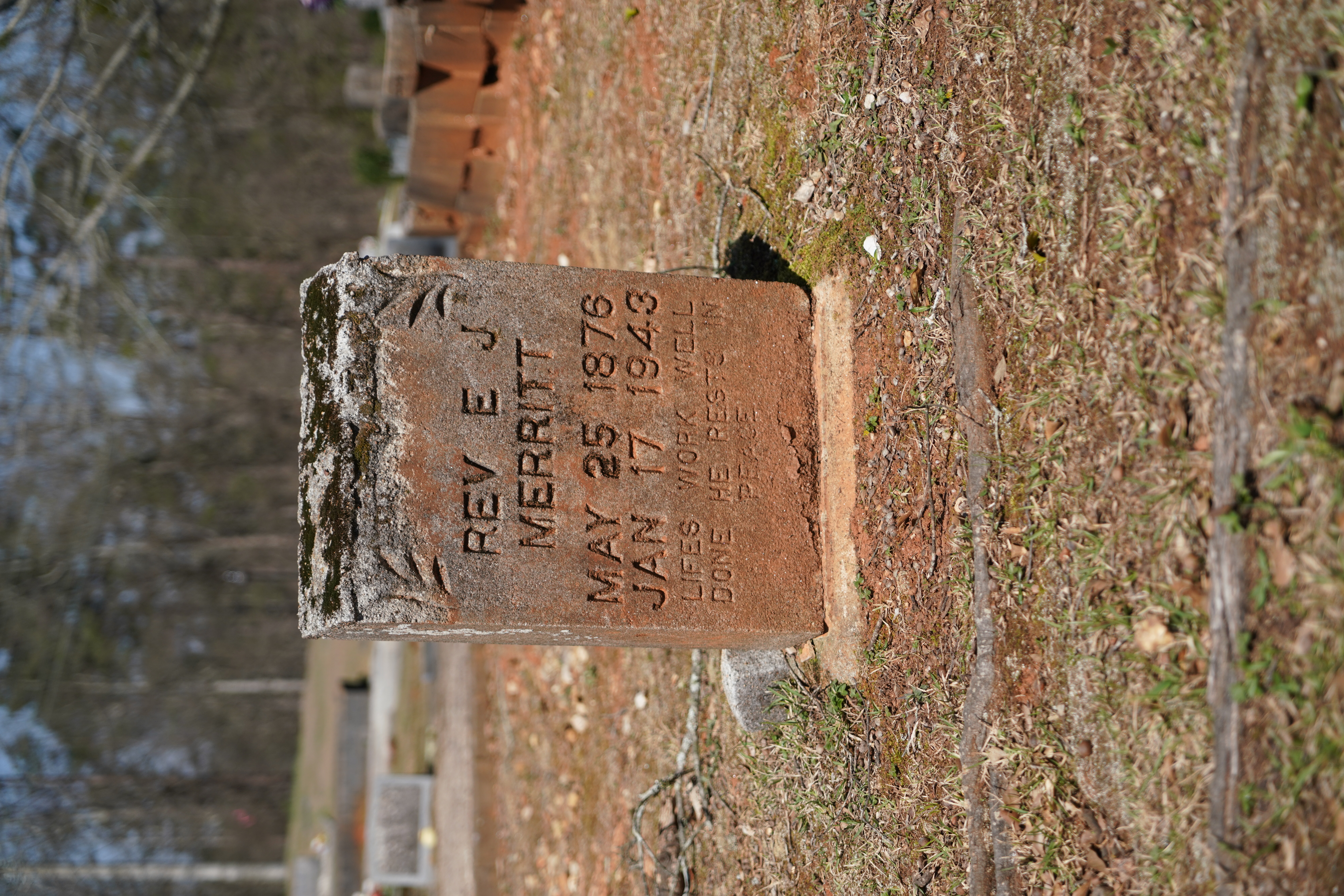Land Acquisitions and Relocations

In the mid-1950s, the U.S. Army Corps of Engineers began to acquire private tracts of land in the area that would soon become Lake Lanier. The first land purchase was in April of 1954. Before long, the Corps displaced about 700 households that lived below the anticipated water line. Many families had lived and farmed in the area for generations. Given this, residents had mixed reactions to the land purchases.
Brandon Hembree: “There were some families, I think, and have heard that were excited about the land purchases. In this area, most of the families were subsistence farmers, or they didn’t have a high amount of income. And so for someone to come and purchase their property at a market price was an exciting thing. There were some, however, that had lived on their land for a long time. And they didn’t want to give up their property for the lake.”
Betty Jean Terrell: “It just thrilled my great grandmother and great uncle and aunt to death that they were going to build the dam because they lived on the river right below the Settles Bridge in Forsyth County. And the river would get up and ruin the cornfield and the watermelon patch. So, they were thrilled that they were going to build a dam.”
Once properties were vacant, the Corps got to work removing and relocating buildings. These were mostly farmhouses, barns, and other agricultural structures. Anything that could be hazardous when the lake flooded – including loose pieces of wood, metal, glass, or items that would float – had to go.
Alan Wayne: “Hardly a day would go by when you didn’t see a house going down the highway… And of course they’d have to run all the traffic off the highway because the house was too wide. And to see an entire house just go down the highway, it’s such a novelty.”

Cemeteries were also located within the footprint of the future reservoir. Hundreds of burials were moved from family plots and churchyards, such as that of Shoal Creek Baptist Church in Hall County. In recent years, the Corps has acknowledged that some unmarked graves were likely flooded because they could not be identified using the technology of the 1950s.
Some of the cemeteries and burials affected were connected to the local Black community. In January 1957, the Corps paid the trustees of the Spencer Hill Baptist Church in Hall County $1 for the African American congregation’s former cemetery, which they planned to flood. The land had once belonged to Wiley Beard, a formerly enslaved man who set aside a portion of his property for a Black church and Masonic Lodge in 1890. By the 1950s, the Spencer Hill Cemetery contained 97 graves, which the Corps removed and reinterred in consultation with descendants of the people buried.
